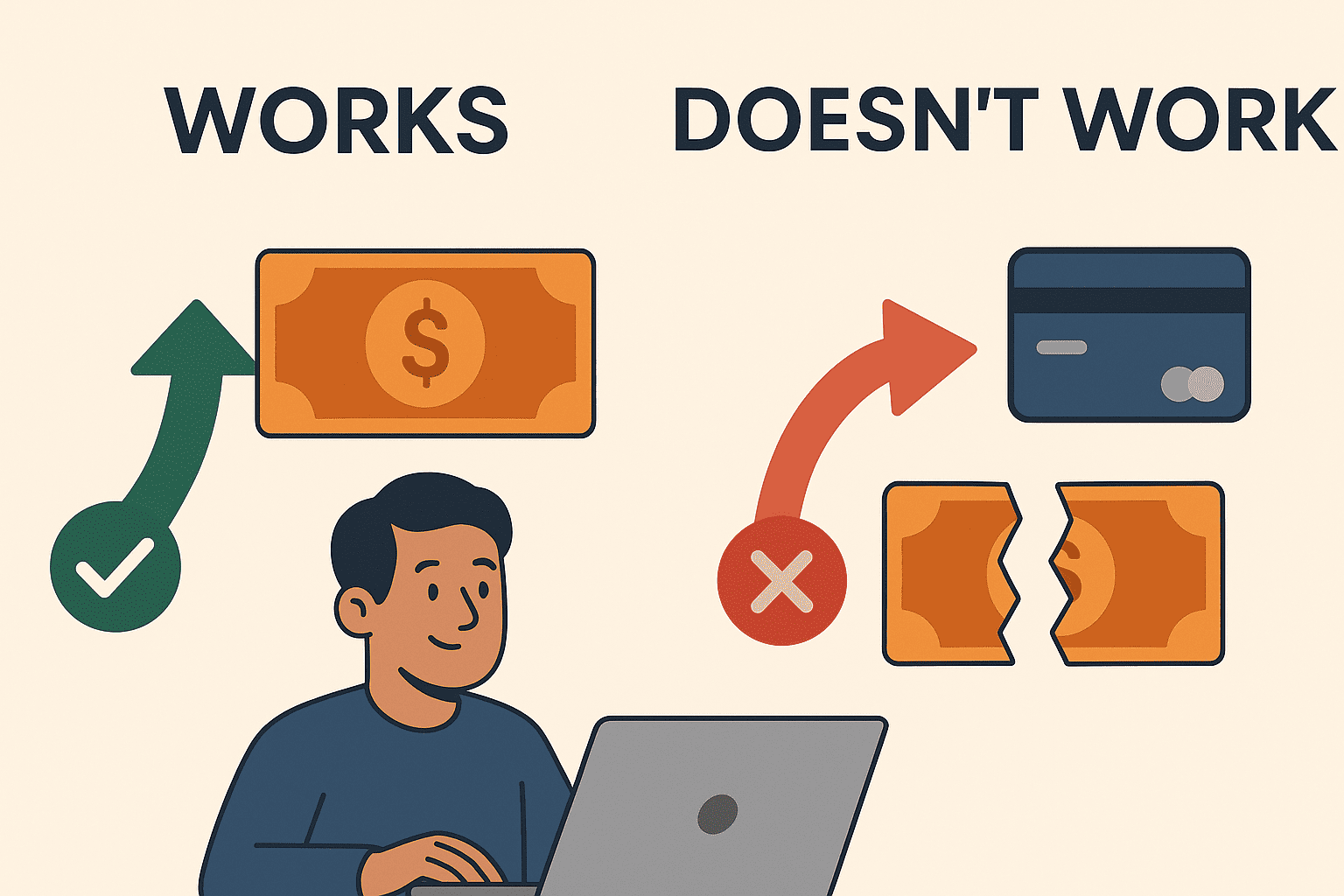
Latin America is a hotbed of fintech innovation, cross-border commerce, and remote talent. But when it comes to paying users, freelancers, vendors, or partners, most companies discover the same truth:
Moving money inside LATAM is hard.
Payout systems vary wildly by country. Local rails are inconsistent. And traditional methods like SWIFT or global wallets are slow, costly, or outright incompatible with local user expectations.
This article breaks down what works and what doesn’t when sending local payouts in LATAM – and how platforms like Yativo make it simple.
What Doesn’t Work
❌ SWIFT Transfers
Still used by many businesses for cross-border payouts, SWIFT is:
- Slow (3-7 days)
- Expensive (up to $50 per transfer)
- Unreliable (frequent failures, missing bank codes)
- Not LATAM-friendly (many local banks can’t receive USD/EUR directly)
SWIFT is fine for large corporate transfers. It’s terrible for payroll, small ticket, or day to day payouts.
❌ International Wallets (PayPal, Payoneer, etc.)
While convenient in theory, global wallets have issues in LATAM:
- High withdrawal and FX fees
- Not universally available
- Limited bank integrations (e.g. no Pix support)
- Regulatory uncertainty in some markets
Users prefer direct bank transfers, especially as local rails improve.
❌ Manual Bank Transfers
Some companies try to send local payments manually through local bank accounts or accounting firms.
Problems:
- Time-consuming
- Error-prone (especially with CLABE, CBU, CPF formats)
- Difficult to scale
- No real-time tracking or reconciliation
What Works in LATAM (as of 2025)
✅ Pix (Brazil)
Brazil’s real-time payment system is fast, cheap, and used by nearly everyone.
- Instant settlement (24/7)
- Works with CPF and phone numbers
- Ideal for B2C, freelancer, and salary payments
✅ SPEI (Mexico)
Mexico’s interbank system is robust and widely used.
- Low-cost, bank-to-bank transfers
- Real-time during business hours
- Supports individuals and businesses alike
✅ CBU / Alias (Argentina)
Argentina has its own complexity, but CBU and CVU payouts are common.
- Works for both bank and virtual accounts
- FX volatility is the main challenge, not infrastructure
- Local compliance (AFIP reporting) must be handled
✅ Local Bank Transfer (Chile)
Transfers to local banks or the popular CuentaRUT account are reliable and expected.
- Same-day or instant
- Requires correct RUT and bank details
- Currency controls and taxes apply for high-volume flows
✅ Wallets and Mobile Money (Colombia, Peru, Philippines)
Platforms like Nequi, Daviplata, Yape, Plin, GCash enable fast payouts to users without bank accounts.
- Best for B2C, micro-payouts, or underbanked users
- Vary by country in availability and compliance
How Yativo Unifies LATAM Payouts
Yativo simplifies payouts across Latin America through a single API that connects to local rails, including:
You can fund payouts in USDC, USDT, or USD, and Yativo handles:
- FX conversion
- Recipient validation
- Regulatory compliance
- Settlement in local currency
- Real-time transaction status via webhook
When to Use Each Payout Rail
| Country | Best Method | Notes |
|---|---|---|
| Brazil | Pix | Instant, universal, supports CPF-based ID |
| Mexico | SPEI | Business-friendly, real-time during banking hours |
| Argentina | CBU / CVU | Must manage FX volatility and regulatory reports |
| Chile | Local bank transfer | Same-day, stable, requires RUT |
| Colombia | Nequi / Daviplata | Great for consumers, verify phone and ID |
| Peru | Yape / Plin or Interbank | Depends on user’s financial tool |
| Venezuela | USDT or local cash vendors | Fiat rails limited, stablecoin offramps preferred |
Final Thoughts
If you’re operating in Latin America, payouts aren’t just a backend task, they’re core to user experience, retention, and growth.
Avoid SWIFT. Avoid delays. And avoid juggling five different partners across countries.
With Yativo, you can connect to LATAM’s most reliable payout rails using a single API – and settle from your USDC, USDT, or USD balance.
👉 Explore Yativo Payouts
👉 Contact our team to get started with local rails